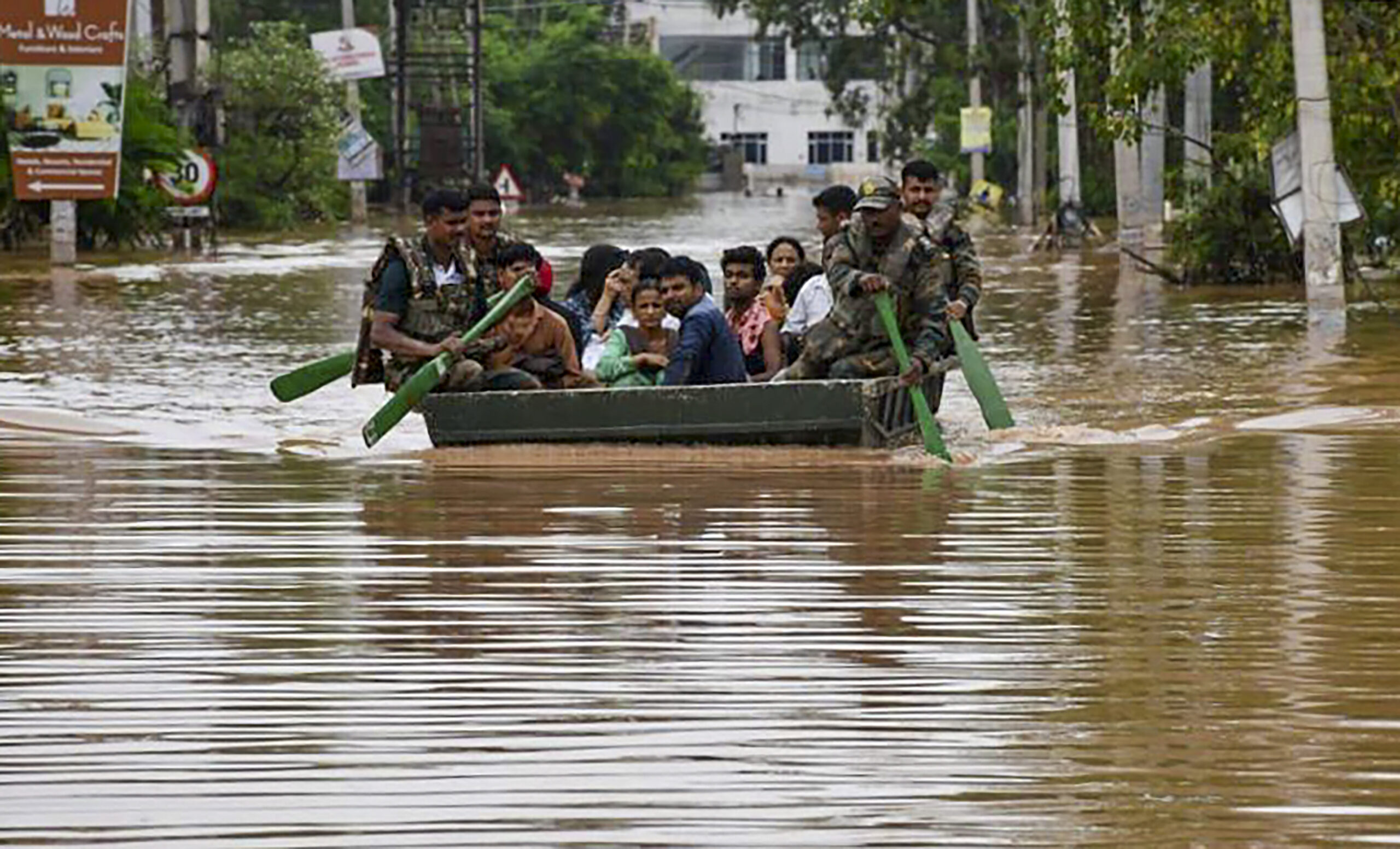


Following the extensive flooding caused by relentless heavy rain, Haryana is now combating a surge in around a dozen diseases. The floods have left a trail of destruction, putting both rural and urban residents at risk of water and vector-borne illnesses.
As the weather forecast warns of light rain and drizzles in the upcoming week, the risk of disease spread has escalated, particularly in the flood-hit areas. The heavy rainfall has impacted at least twelve districts situated near rivers, with these districts witnessing a sharp increase in various disease cases. As a result, the government has ordered the health department to organise regular health camps.
Official figures reveal that Haryana has reported 6,657 fever cases, 8,729 skin infections, 1,577 instances of gastroenteritis, and 1,922 other infections. Forty-one snake bites have also been reported. In addition, 98 patients have been identified, 42 of which are from the Jind district alone, signalling a dire situation.
The health department has noted a continuous rise in fever cases due to the heavy rains, with more than 6,000 patients reported in recent days. Every day, 400 to 500 new patients seek treatment at health camps. Statewide, over a dozen people have succumbed to the disease. Other ailments such as abdominal pain and stomach disorders are also proliferating in flood-affected regions, resulting in a constant increase in health camp attendance.
In response, Health Minister Anil Vij stated that various measures have been put in place to prevent and control diseases post-flood. The health department has been instructed to ensure the availability of essential medications and life-support equipment in all facilities. Public awareness and preventive measures like fogging have also been ramped up to counteract the rise in diseases.